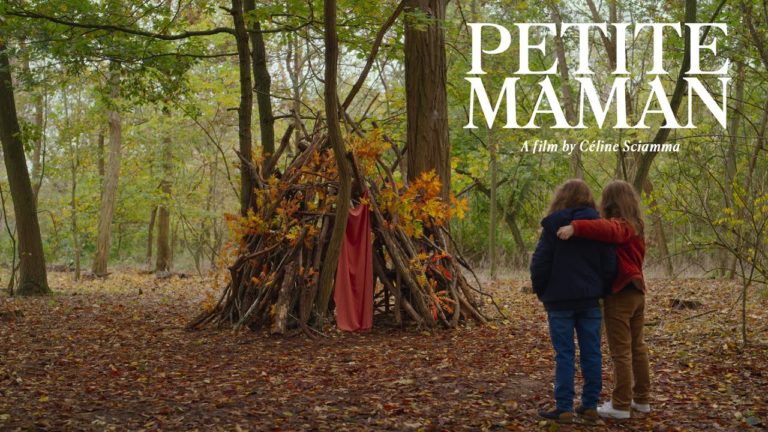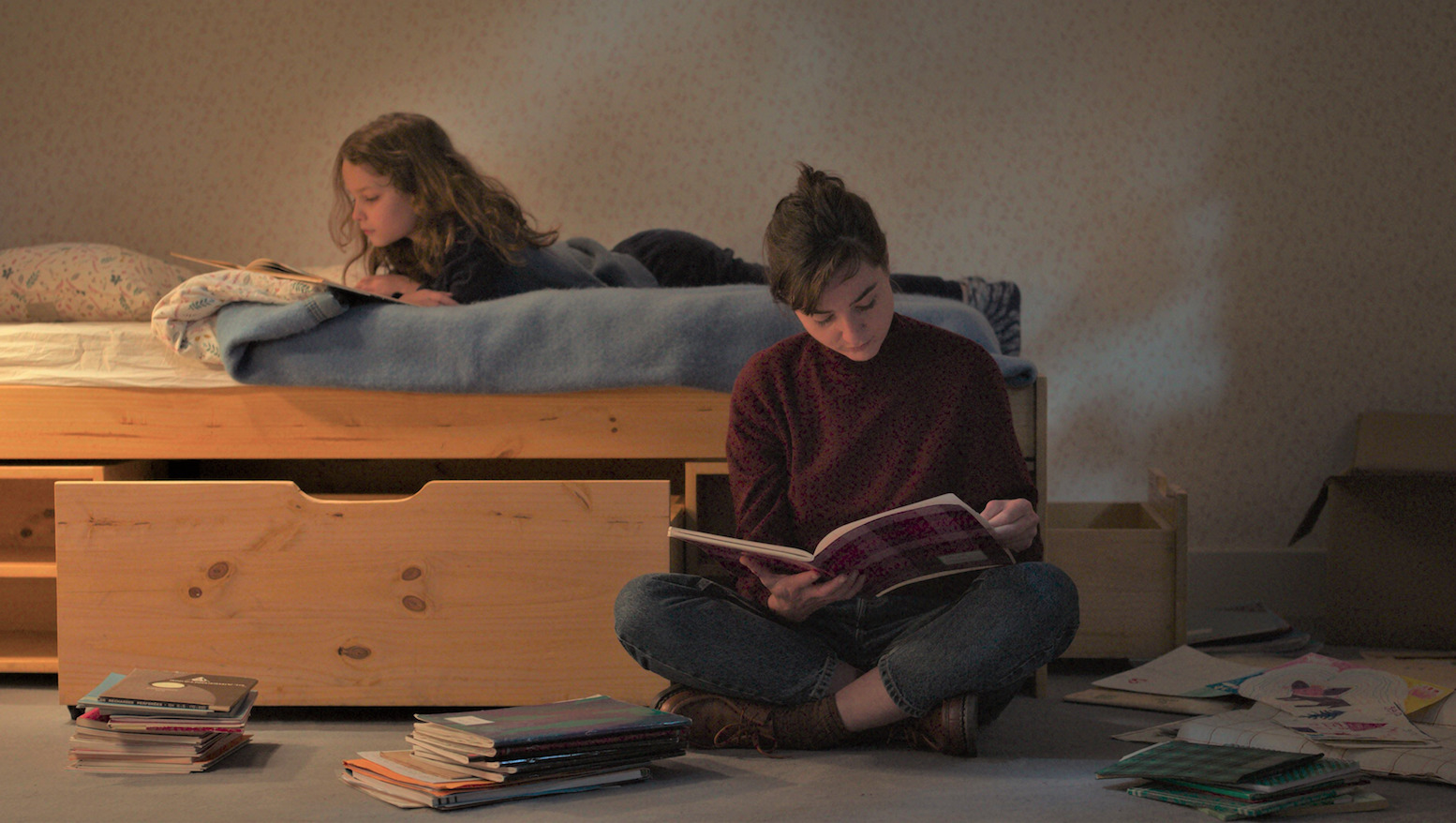
After the success of Portrait of a Lady on Fire, Céline Sciamma returns with a delicate cinematic fable that blurs the lines between fantasy and reality: Petite Maman.
Sciamma is known for her films Water Lilies, Tomboy, Girlhood, and the stop-motion animation that she co-wrote: My Life as a Courgette. The French filmmaker has the distinctive trait of examining the female gaze through her poetic motion pictures. Many of her works explore childhood, as does her latest work that premiered at the 71st Berlin International Film Festival.
This time, female identity is narrated through the subdued portrayal of Nelly (Joséphine Sanz ), an eight-year-old girl who after the death of her grandmother spends a few days in the country house where her mother, Marion (Nina Meurisse), grew up. Wandering in the woods, by chance she comes across another little girl (Gabrielle Sanz), who is building a wooden hut and with whom a special relationship is born: the new friend is called Marion. During the sojourn at her grandmother’s former house, Nelly alternates her time sorting memorabilia with her father (Stéphane Varupenne), and visiting her new friend and mother (Margo Abascal), also called Nelly.

This lyrical tale paints a realistic view of familial rapports, whilst adding magical elements. Nelly meets her mother, at a time when they both share the same age. They can play together and confront ideas as equals. Sciamma, with great sensitivity, immerses herself in the self-awareness of an eight-year-old, and she seems to bring to life the words of Simone de Beauvoir’s Memoirs of a Beautiful Daughter: “I knew what I was like inside….I made up my mind that when I was older I would never forget that a child is a complete individual, a character in her own right.” Nelly is wise, and her unusual time travel experience allows her to see her mother as her double, not as a superhero, which most often occurs when children look up to their parents. Nelly almost becomes the protector and maternal figure to the woman who brought her into the world. They are both ‘Tiny mothers.’ Eight-year-old Marion is the young version of the adult her daughter Nelly has known her entire life. Whilst eight-year-old Nelly acts as a parent to her peer, who feels vulnerable at the idea of going under surgery for a health issue.
Petite Maman annihilates the dimension of time, as nostalgia coalesces with present forgiveness. The twin child actresses, Joséphine and Gabrielle Sanz are sympathetically tempered in the way they play the eight-year-old mother and daughter. Comédie-Française’s actor Stéphane Varupenne, in the role of the father, is warm and gentle; just like Margo Abascal playing the grandmother. Nina Meurisse, in the role of adult Marion, brings to life all the complexity of motherhood with utter perceptiveness.

This timeless love story describes in depth the mother-daughter relationship, dismantling traditional storytelling analyses and transcending the style of movies related to fantastic themes. No digital effects nor flamboyant occurrences take place in the metafiction. A child simply wanders through her mother’s past. The circumstance does not overtly occur in dream or in her imagination. The supernatural phenomena organically spins off from Nelly’s mundane activities, as the relatives from her present and those of her mother’s childhood blend into one dimension.
Thus, the uncanny enables the young girl to fully understand what is happening to her thirty-one-year old mother, who never separated from her inner child. Surrealism is the key ingredient to correct the acknowledged reality, by embracing multi-generational viewpoints that broaden the sociological scrutiny.
Final Grade: B+

